The San Bernardino County Museum in Redlands, California, has a display on early California Indians entitled Life in a Rock Shelter. The earliest peoples in southern California lived a hunting, fishing, and gathering way of life. Archaeologist William Wallace, in his chapter of post-Pleistocene archaeology in the Handbook of North American Indians, sums it up this way:
“The most ancient remains pertain to small, presumably roving, bands whose life revolved around the pursuit and killing of game animals. Their campsites are distinguished by projective points and other items consistent with a hunting economy.”
According to the Museum display:
“Hunter-gatherers left traces of their daily living activities in southern California. Sometimes archaeologists find artifacts in rock shelters and caves used seasonally for sleeping and preparing food.”
Rock shelters are shallow caves or rock overhangs which provided some shelter from the weather. From an archaeological perspective, rock shelters are important because there is a greater chance of preservation in these areas.
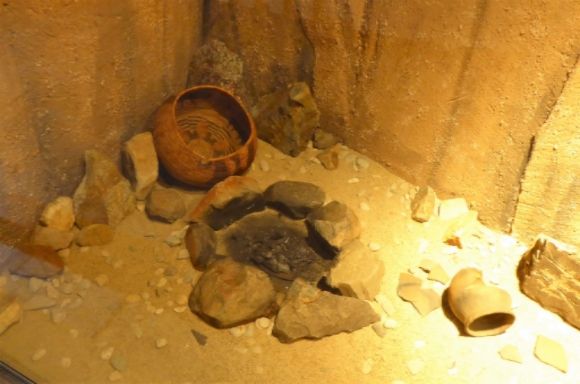 Shown above is a hearth area. For archaeologists, all of the debris left on the rock shelter floor helps tell the story of the past. When rock shelter sites are looted by pothunters or by tourists seeking souvenirs, important clues about the ancient history are lost.
Shown above is a hearth area. For archaeologists, all of the debris left on the rock shelter floor helps tell the story of the past. When rock shelter sites are looted by pothunters or by tourists seeking souvenirs, important clues about the ancient history are lost. 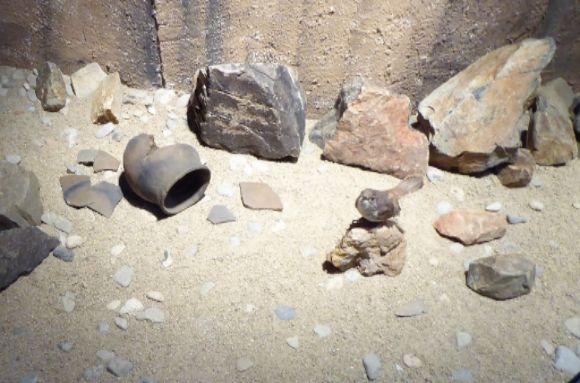 More rock shelter debris is shown above.
More rock shelter debris is shown above.  The small, seemingly insignificant bits of stone shown above are important clues for the archaeologist. For example, obsidian (that’s the black stone) was important for making tools because it breaks with a sharp edge. In addition, by examining the obsidian, a volcanic stone, they can determine its source, which, in turn, may show migration patterns or trading routes.
The small, seemingly insignificant bits of stone shown above are important clues for the archaeologist. For example, obsidian (that’s the black stone) was important for making tools because it breaks with a sharp edge. In addition, by examining the obsidian, a volcanic stone, they can determine its source, which, in turn, may show migration patterns or trading routes. 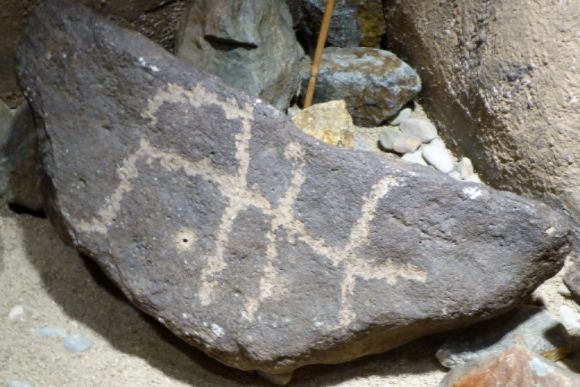 Shown above is an example of rock art.
Shown above is an example of rock art.
Rock art, in the form of petroglyphs and pictographs, is found throughout North America. In technical terminology, petroglyphs are pecked or carved into the rock while pictographs are painted on the rock.
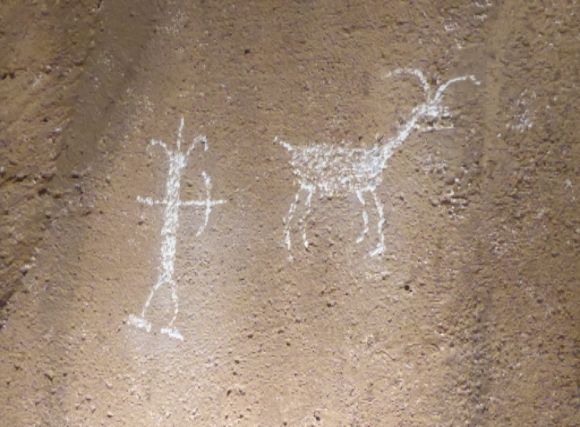 Some rock art images, such as those shown above, are easily recognizable by modern observers.
Some rock art images, such as those shown above, are easily recognizable by modern observers. 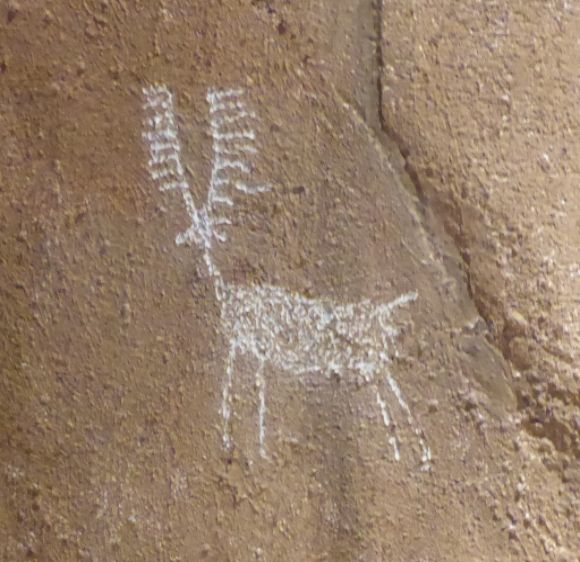 Another easily recognizable image.
Another easily recognizable image.
Rock art in California, as in other parts of North America, was not created as a form of aesthetic decoration nor was it art for art’s sake. The rock art was the product of spiritual practices and are a reflection of spiritual, metaphysical experiences and beliefs. Writing about California rock art in his chapter in The California Indians: A Source Book, Campbell Grant reports:
“All the evidence to date based on ethnographic information and subject matter identification indicates that most of the drawings were made for ceremonial purposes probably by shamans or under their direction.”
It is fairly common for non-Indians to speculate about the meaning of American Indian rock art. Some non-Indians view American Indian rock art as a kind of primitive writing and there are even some who claim to be able to “read” this writing even though they do not speak an Indian language. In his book The Serpent and the Sacred Fire: Fertility Images in Southwest Rock Art, Dennis Slifer writes:
“There is consensus among scholars that rock art is not ‘writing’ and cannot be ‘read’ as such. It is language only in the sense that symbols are used to represent things in a nonliteral, symbolic manner.”
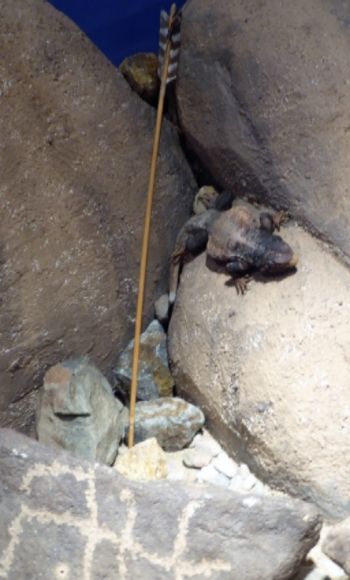 The ancient people who used the rock shelters, as well as the archaeologists who later excavated them, shared the space with other living things, including lizards and occasionally rattlesnakes.
The ancient people who used the rock shelters, as well as the archaeologists who later excavated them, shared the space with other living things, including lizards and occasionally rattlesnakes. 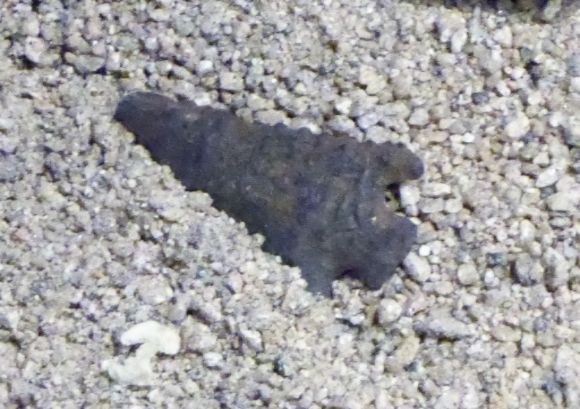 Stone artifacts, such as the point shown above, can sometimes be stylistically dated, but out of the context of the site, it tells us very little.
Stone artifacts, such as the point shown above, can sometimes be stylistically dated, but out of the context of the site, it tells us very little.
Personal note: When I was teaching archaeology, I would often have students and other people bring me stone artifacts and ask me to tell them about them. Out of the context of their original site, these items tell us very little and most people are disappointed when they realize I can’t tell them how old it is or what tribe it came from.
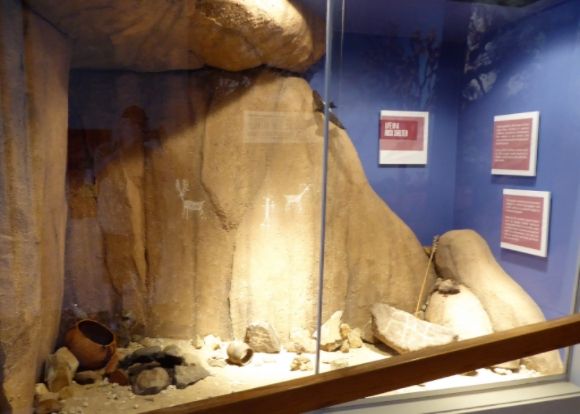
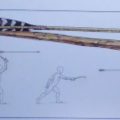
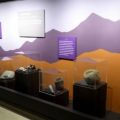
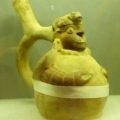
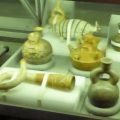
Leave a Reply